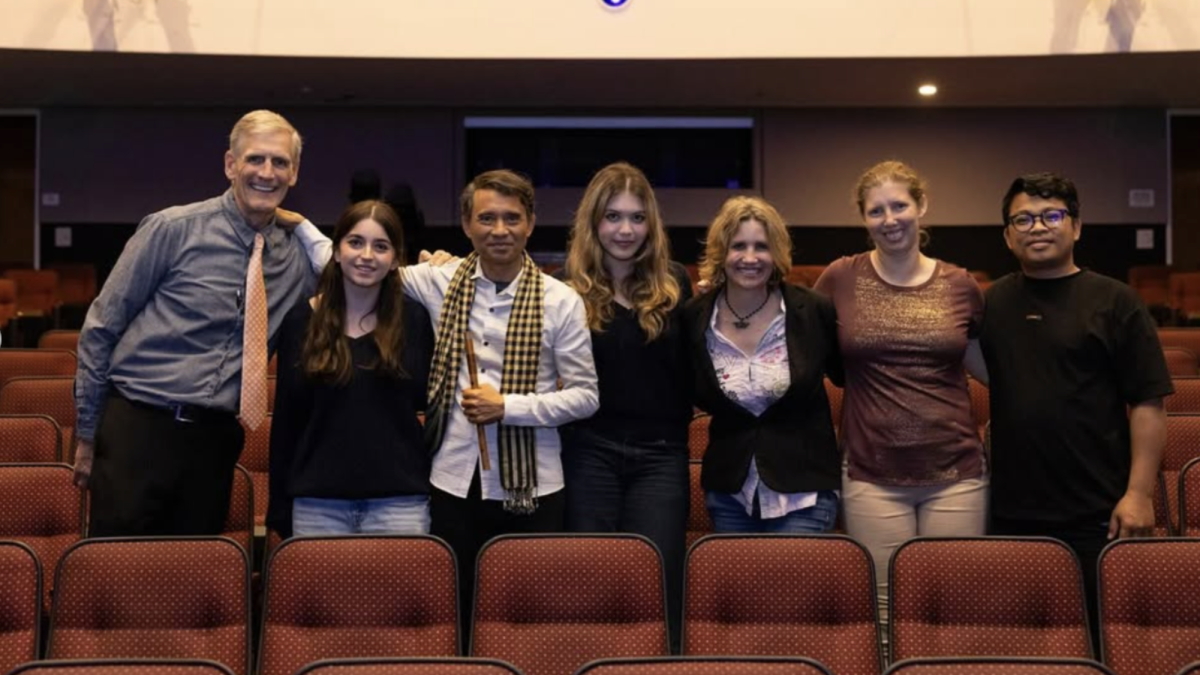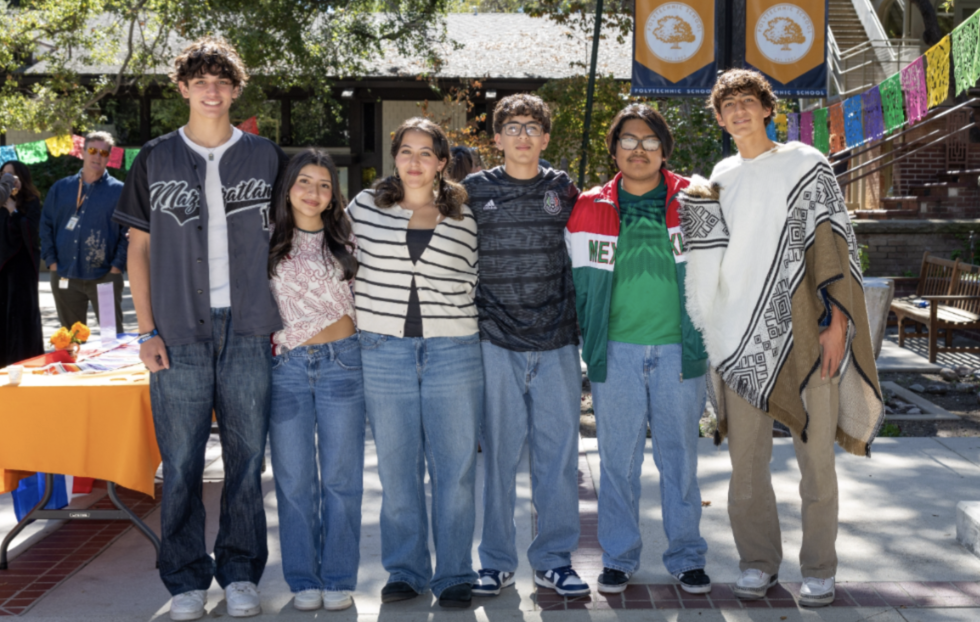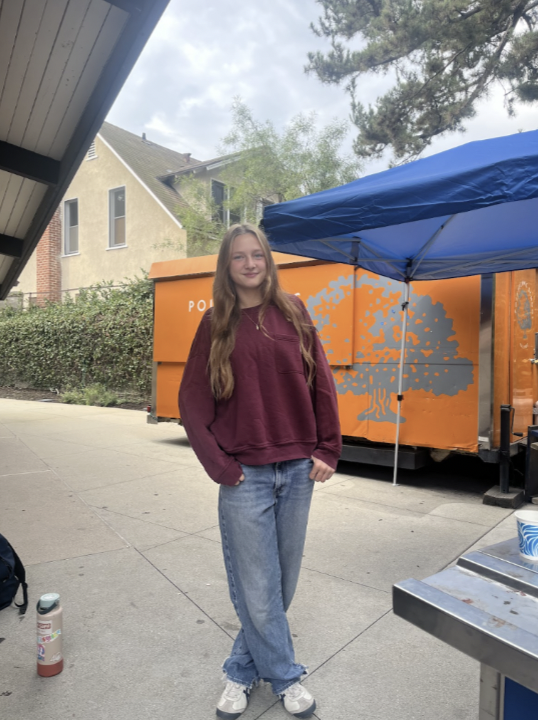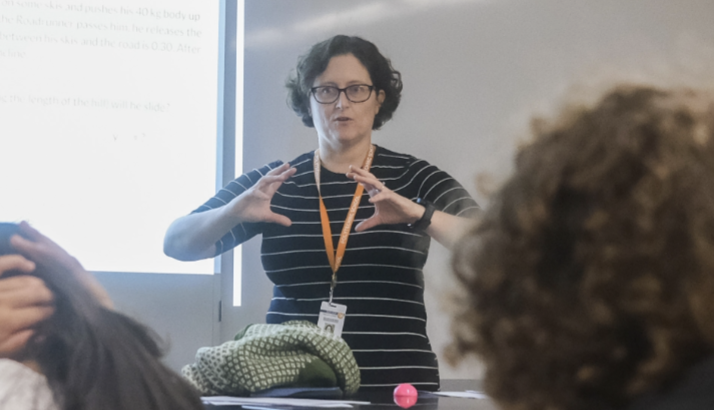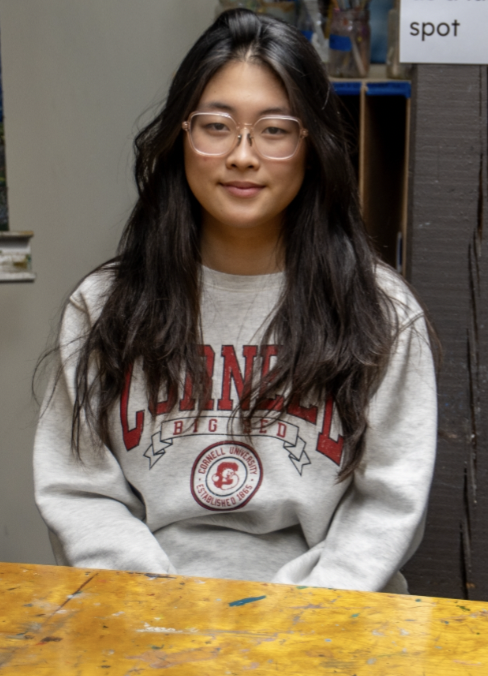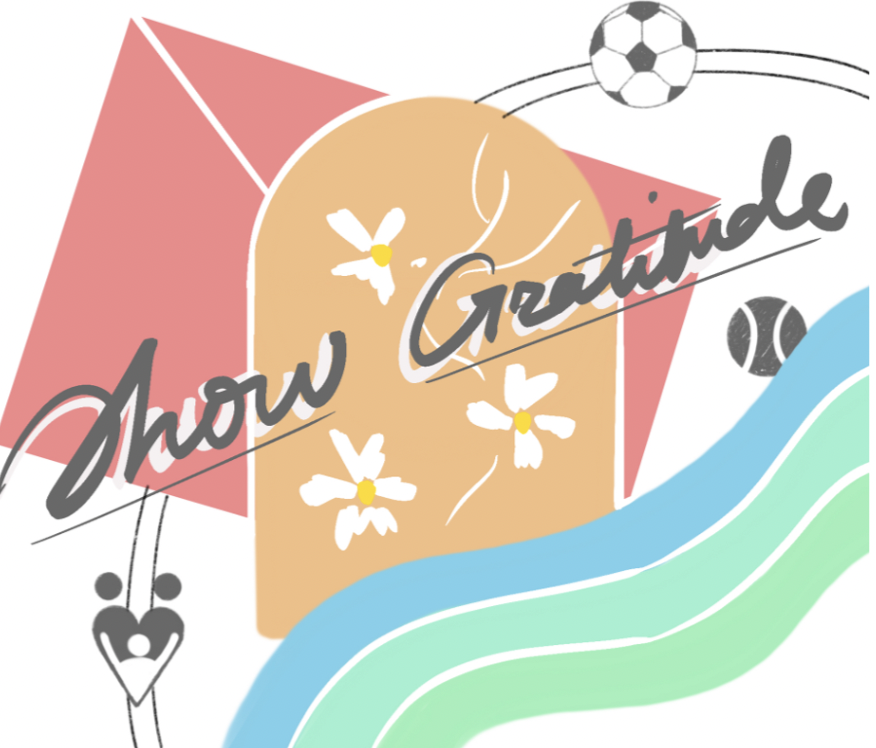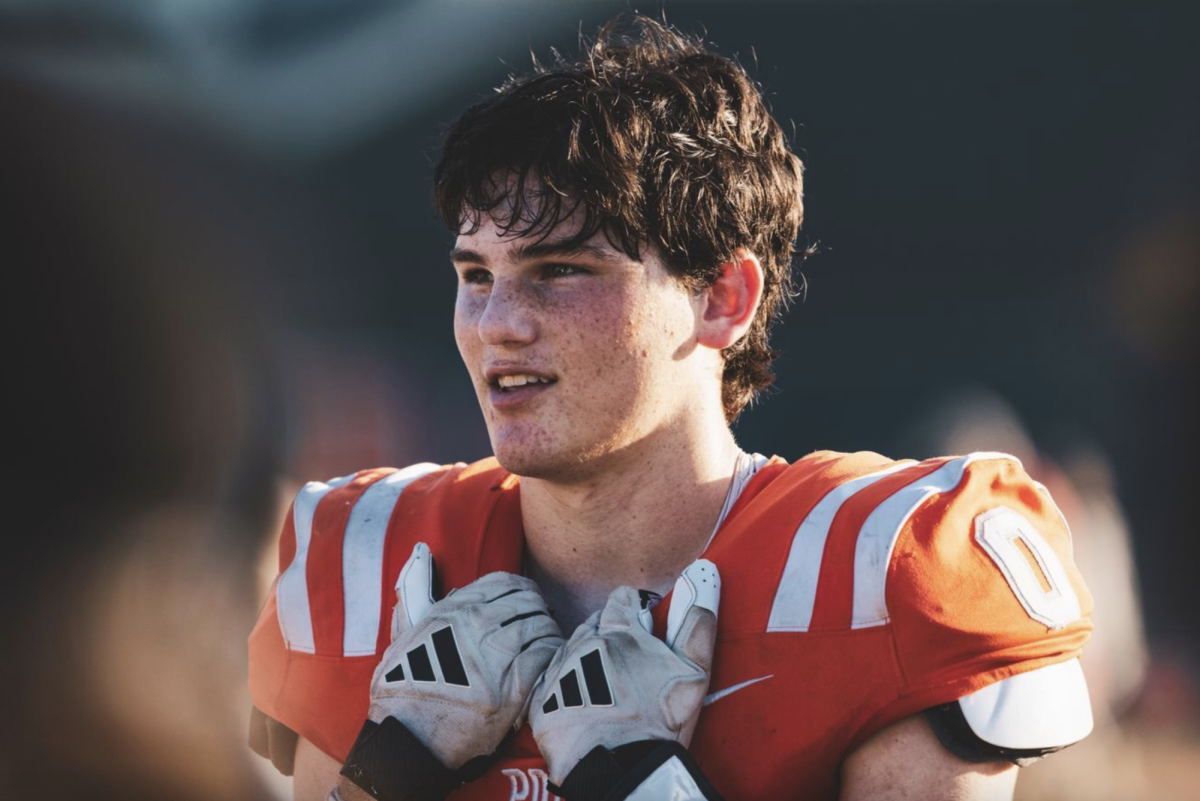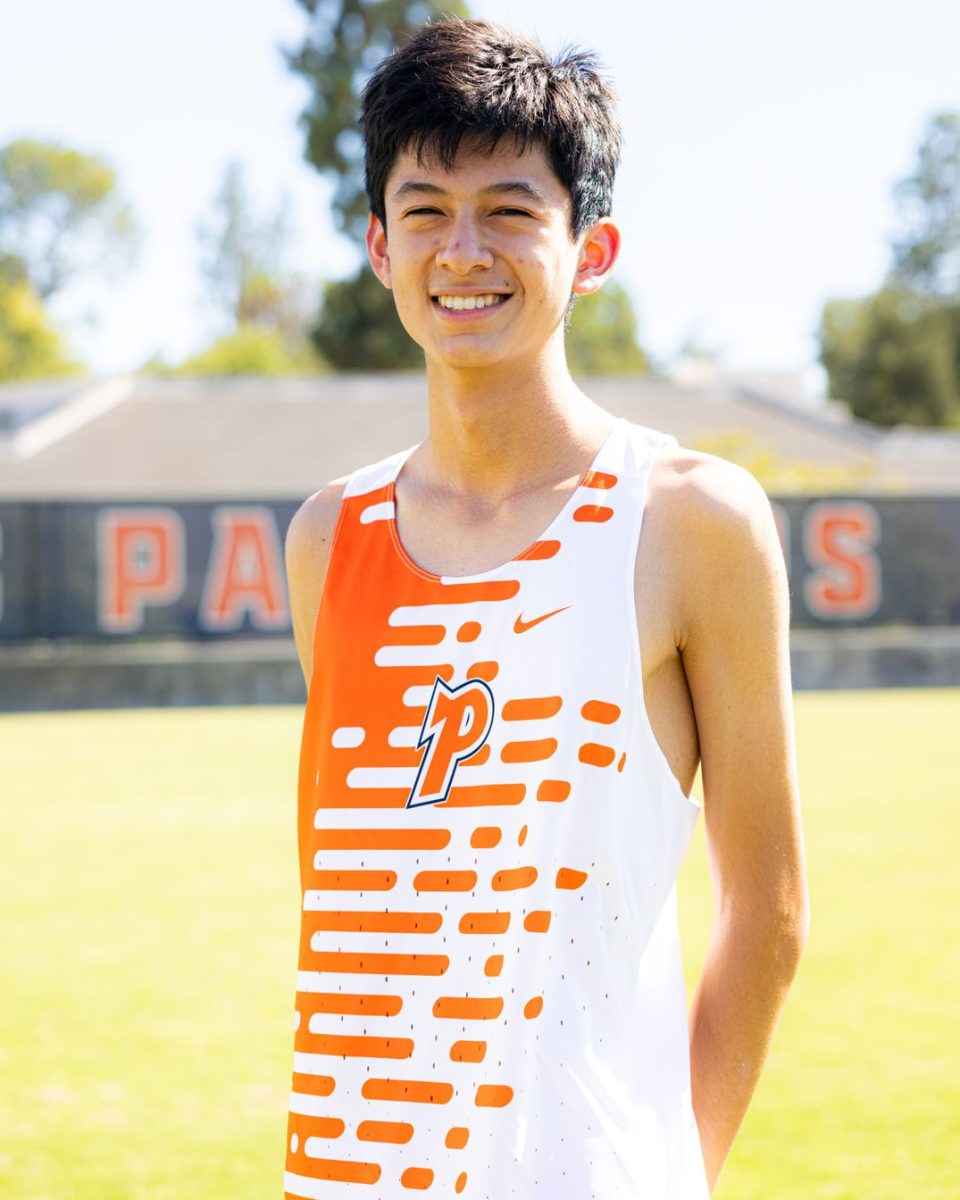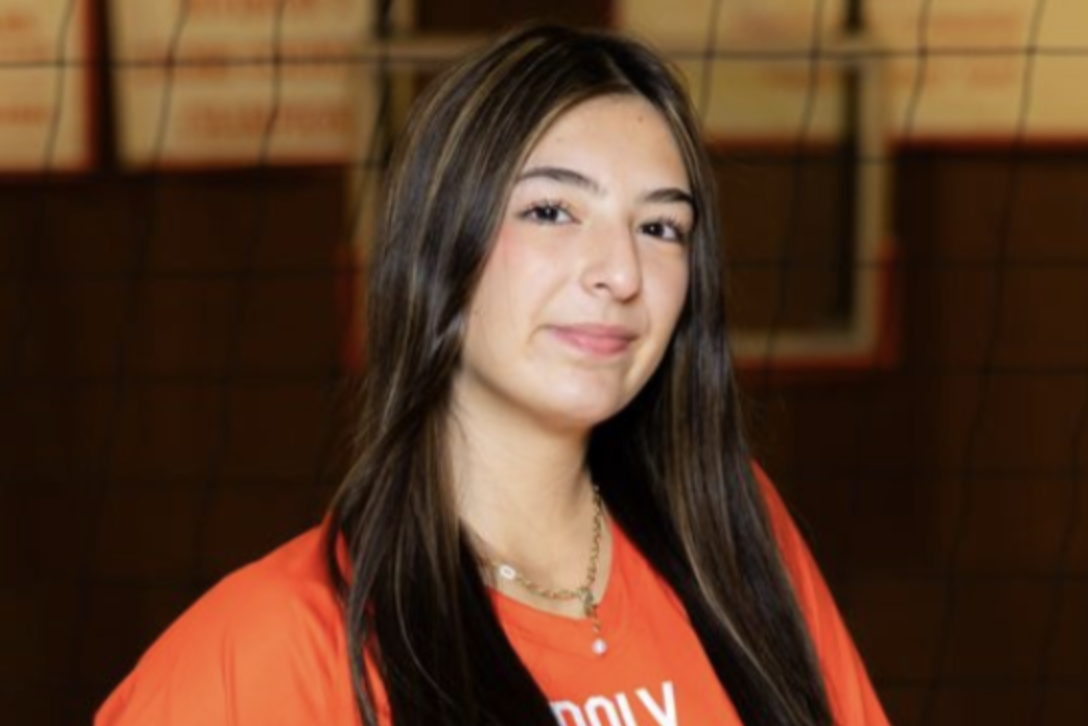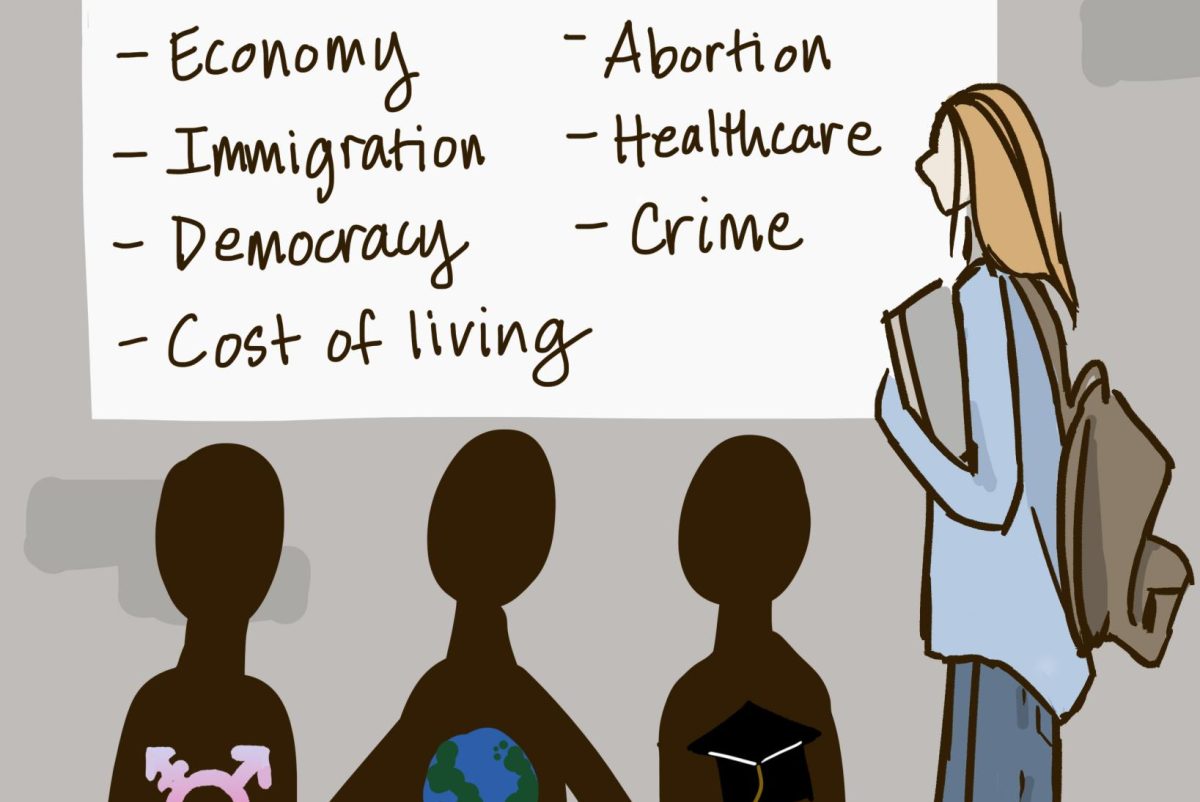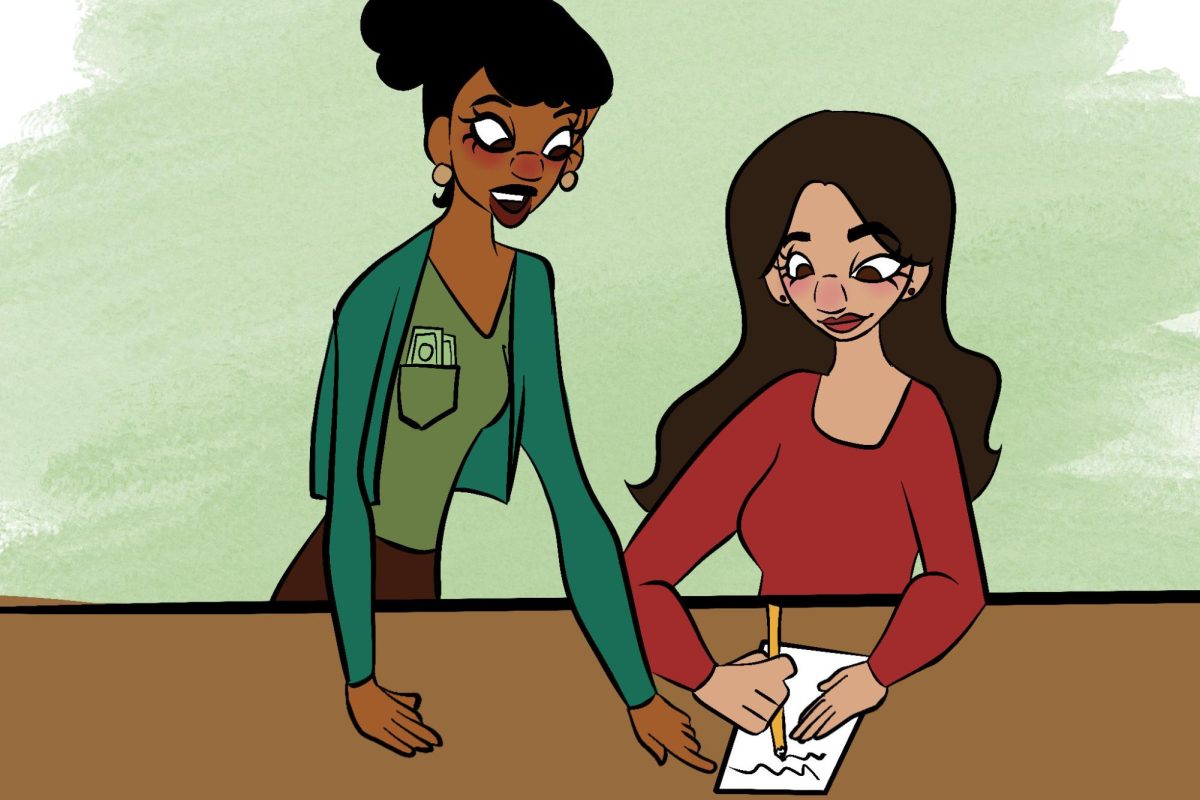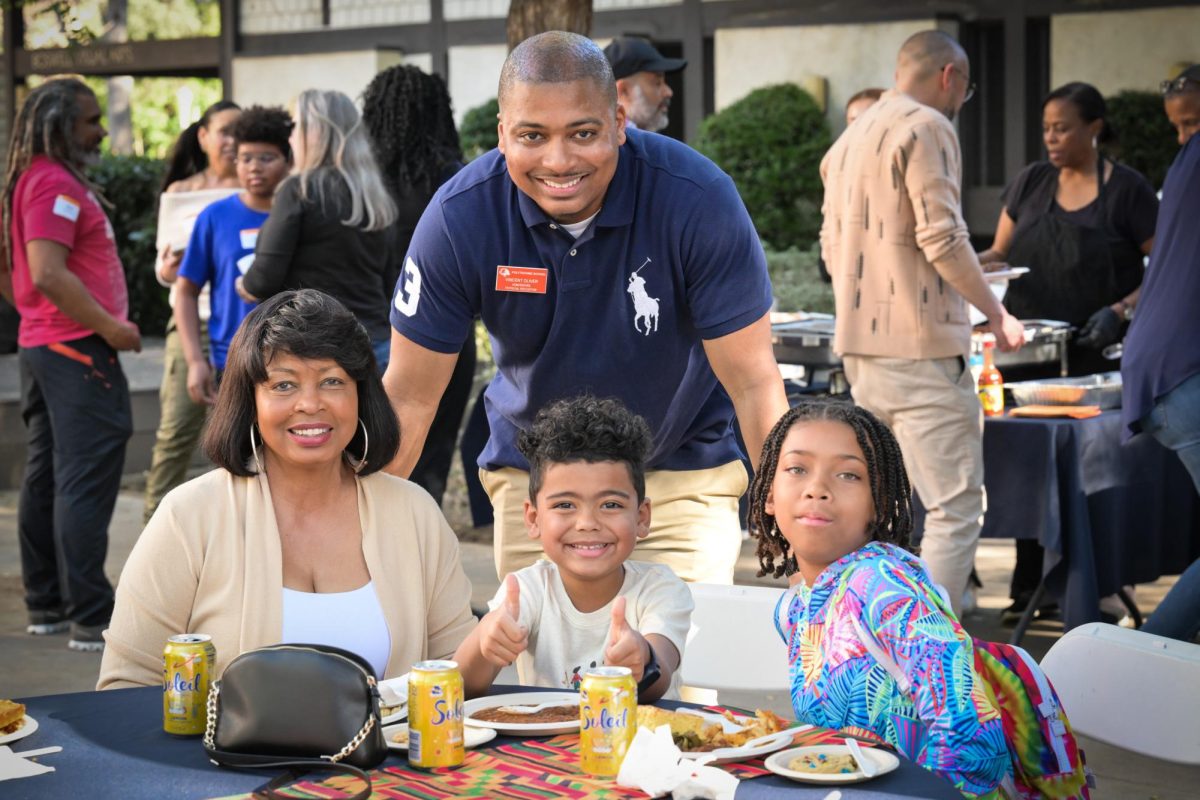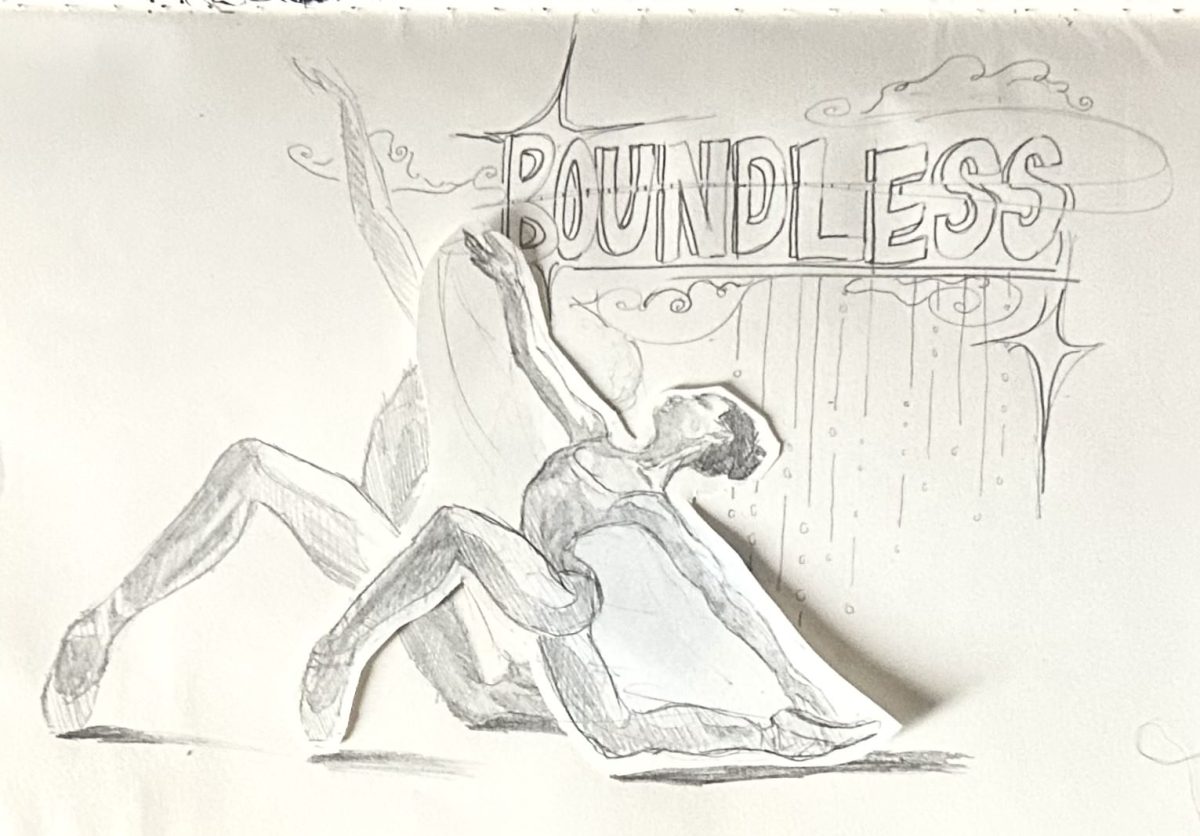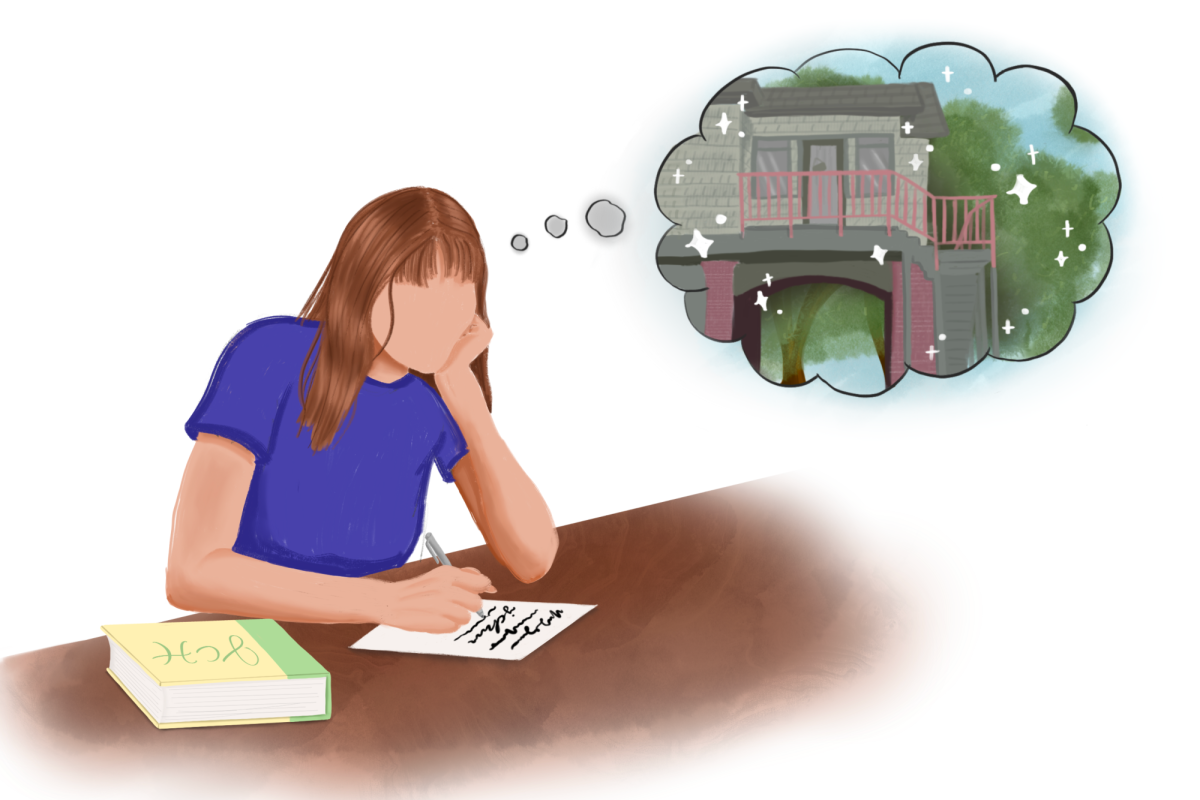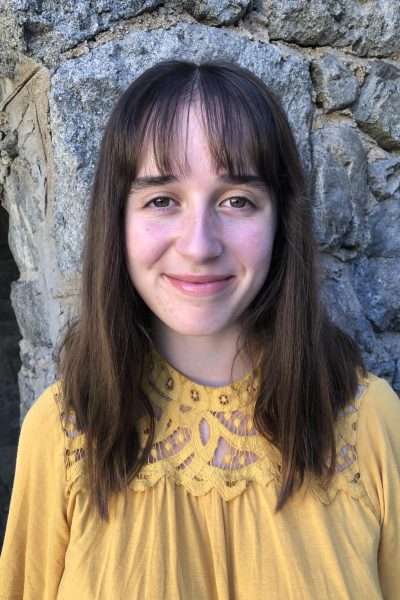Every Friday afternoon in fifth grade, my first grade reading buddy and I sat outside under the warm Los Angeles sun next to a stack of brightly-colored picture books. Shining eyes followed fingers underlining words in 16 point font. The reading buddy program, a much-loved tradition at my old school, was an opportunity for younger and older students to share a book and a laugh.
Then, I came to Poly. As a Middle School student, I rarely saw the Lower or Upper Schoolers. Now, as an Upper School student, I rarely see the lower or Middle Schoolers. Cornell Road feels like an ocean separating two islands. As a K-12 school, we have even more of an opportunity for interaction than most other schools do — so why are we throwing it away? We are missing out on connections between younger and older students. We are missing out on mentorship, missing out on fun shared experiences and missing out on forging friendships.
Student mentors offer the perfect balance between being old enough to impart wisdom and young enough to feel relatable. In the age of the internet, when even young kids are spending a lot of their time on social media, watching videos made by strangers for hours on end, it is more important than ever for kids to have older peers as role models they can actually talk to.
Just as the younger students would benefit as mentees, the older students would benefit as mentors. The pure happiness of little kids is infectious, evoking nostalgia for a simple and carefree time. We enjoy seeing the Lower School students present at the All-School Assembly at the beginning of the year, and we enjoy seeing them perform on Grandparents Day. We enjoy seeing them visit the Upper School Campus for the Penny Drive; with beaming smiles, they cheerfully sing as they walk from class to class.
But that’s all we really do: see them. These events don’t provide any time for interaction, and even if they did, they would be too infrequent to build meaningful relationships. We need something more — more than rare assemblies in which we don’t even have the opportunity to talk with one another.
But what can we do to create these connections? Poly should establish a schoolwide reading buddy program. Such a program is more needed than ever at a time when Lower School students are still struggling to catch up to pre-pandemic levels of literacy. In fact, a New York Times article from last year reported that two-thirds of fourth graders aren’t proficient in reading. We simply can’t underestimate the importance of literacy — especially here at Poly, where there is a strong emphasis on reading in the Upper School. It would be invaluable for younger students to have older peers help them practice this vital skill and build a strong foundation that will serve them well for years to come.
I can attest to the importance of this firsthand as someone who has loved reading for as long as I can remember. I still have fond memories of visiting my local library as a little kid and going home with 25 books, as the librarians said that was the maximum number I could check out at a time. Today, reading continues to hold a very important role in my life, and I want all kids to have the same amazing experience with reading that I had then and continue to have now.
At this point, you may be wondering, why don’t we already have a cross-divisional program like this? The main barrier to K-12 interaction is the fact that each division has its own schedule. Is this obstacle insurmountable, though? Certainly not — especially not for something so worthwhile. If we’re able to align the schedules for all-school assemblies, surely we can do the same once a month or so for cross-divisional programming.
Poly has the potential to become a more connected, joyous, unified place, full of familiar faces, with students across grade levels sharing laughter, learning together and supporting each other. Implement a schoolwide reading buddy program and make this vision a reality. After all, in order to truly become a singular “Poly community,” we must first come together as one.



